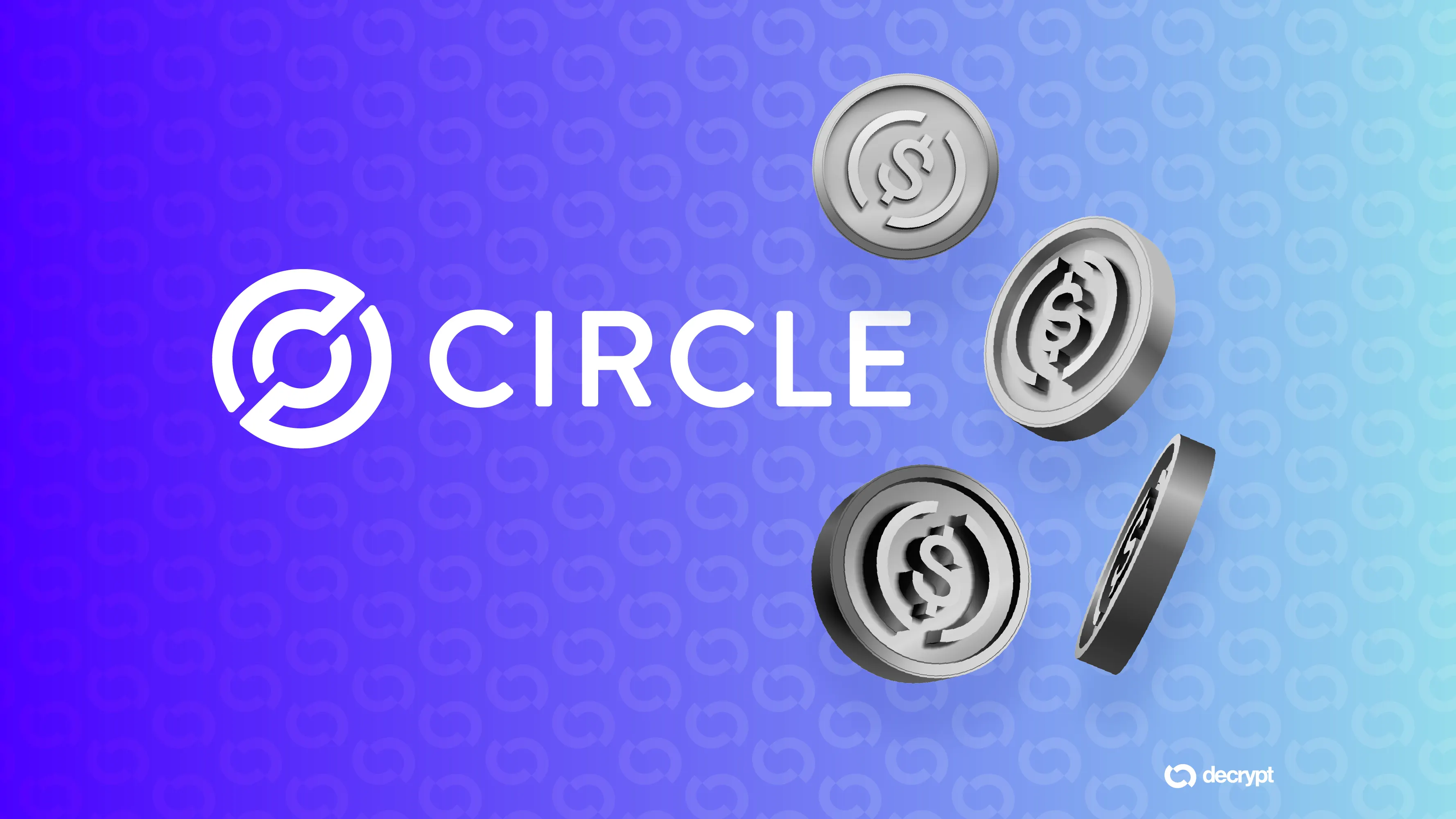In brief
- Circle (CRCL) surged 14% to $228 after Seaport Global initiated coverage with a buy rating and $235 price target, calling it a "top-tier crypto disruptor."
- The rally was fueled by the Senate's passage of the GENIUS Act stablecoin legislation, which would create the first federal framework for dollar-pegged stablecoins.
- Circle and Coinbase both benefited from the regulatory momentum due to their revenue-sharing agreement on $61.2 billion in USDC cash reserves, while Robinhood declined 1.65%.
USDC issuer Circle was buoyant in pre-market trading Friday, climbing above $236 ahead of the opening bell. That put it ahead of the $235 price target set by Wall Street research firm Seaport Global, which initiated coverage of the company today with a buy rating.
But once the bell rang, the company's stock, which trades on the NYSE under the CRCL ticker, settled and is currently changing hands around $228, or 14% higher than its previous close.
Seaport announced that it was initiating coverage of Circle on Friday, before markets opened. The firm's analyst Jeff Cantwell called the stablecoin issuer "top-tier crypto ’disruptor’," and said he thinks the $260 billion stablecoin market will balloon to $2 trillion.
In the analysis, which Cantwell shared with Decrypt, Cantwell wrote that USDC was always meant to be disruptive. "“Early on, Circle’s founders envisioned the development of an ‘HTTP for Money’, to make money more frictionless in order to help raise global economic prosperity," he said.
Cantwell also predicted that investors will see Circle's annual revenue grow up to 30%, with gross margins around 40%, as it continues to scale.
And although interest rates are working in Circle's favor now, he said the company's strength could also be its biggest risk. "Nearly all of Circle’s revenue still comes from interest earned on reserve assets — 99% in both 2023 and 2024," he wrote. "This is both a strength and a risk if interest rates fall."
Both Circle and crypto exchange Coinbase have captured a lot of investor attention since the Senate voted in favor of key stablecoin legislation, the GENIUS Act, on Tuesday afternoon. That's because the two companies have an agreement that sees them splitting the interest earned on the $61.2 billion worth of cash reserves backing the company's stablecoin tokens.
The GENIUS Act, if signed into law, would represent the first comprehensive federal framework for U.S. dollar-pegged stablecoins.
Coinbase, which trades on the Nasdaq under the COIN ticker, started Friday 3% above its Wednesday close. (Remember: Markets were closed in the U.S. on Thursday, June 19, in observance of Juneteenth.)
But trading platform Robinhood—which is less exclusively tied to crypto assets and doesn't have links to a stablecoin—got off to a bumpy start on Friday morning. The company, which trades on the Nasdaq under the HOOD ticker, is trading for $76.76, or 2% lower than it was on Wednesday afternoon.
HOOD on Wednesday hit a 52-week high of $77.83, surpassing the $61 price target set for it by Deutsche Bank and $69 set by Cantor Fitzgerald earlier this year.
But it has a ways to go before it closes in on the $90 price target of Summit Redstone Partners' Michael Cyprys.
Just last week, Robinhood reported that total platform assets grew to $225 billion in May, up 10% from April and a staggering 89% hike compared to the same time last year.
Edited by James Rubin

